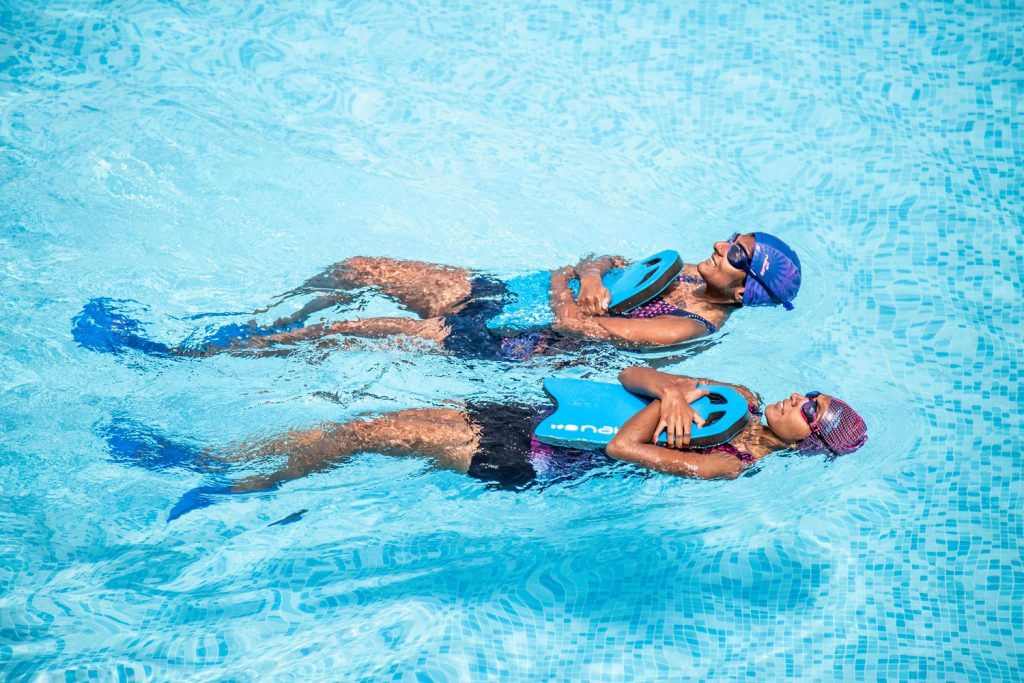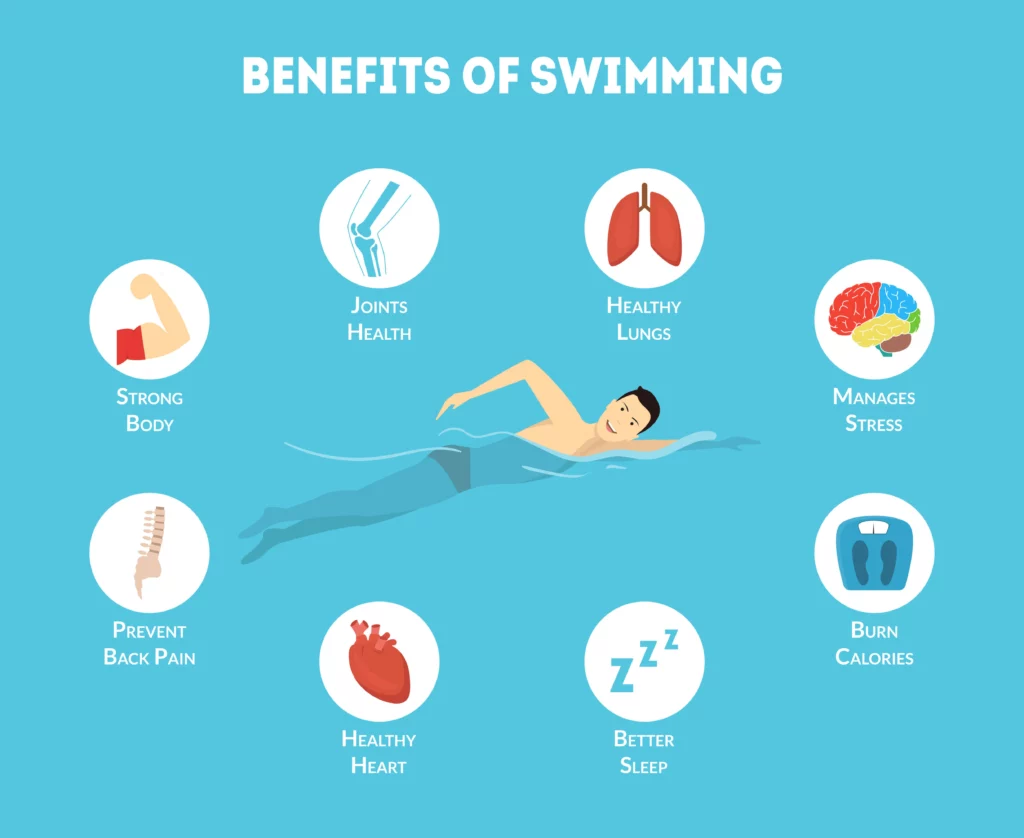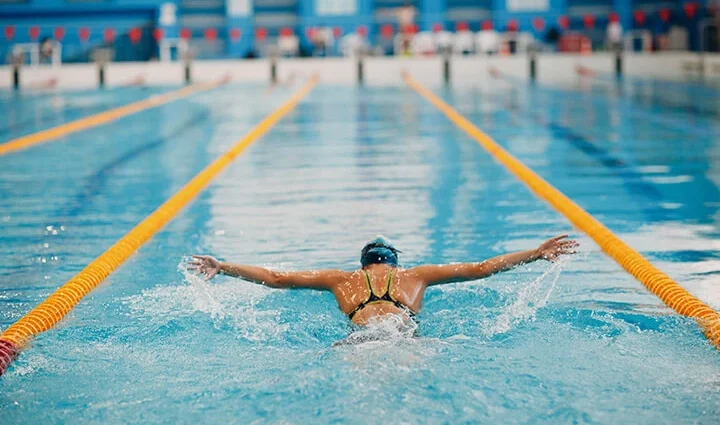If you’re aiming to get into excellent shape, few exercises can rival swimming workouts for fitness. Regardless of your age, body type, current fitness level, or specific goals, swimming is one of the most effective and comprehensive forms of exercise available.
Why Are Swim Workouts So Effective?
Setting Your Swimming Goals

Before diving into the pool for fitness swim workouts, it’s essential to clarify your objectives. Some individuals choose swimming as their primary fitness activity, while others use it to enhance their existing workout routines. There’s no universal approach that fits everyone.
You might aim to swim for 20 minutes, three times a week, as a leisurely way to stay active. Alternatively, you might set goals related to distance, time, or pace for your laps. Whatever your goal may be, having a clear target will guide your swimming workouts.
The Physical Benefits of Swimming

Among the myriad of exercise options available, swimming stands out as an exceptional way to improve fitness. Here’s why:
- Full-Body Workout: Swimming is all about overcoming resistance, as water is 800 times denser than air. This means your entire body engages in the exercise, promoting overall strength, coordination, balance, flexibility, endurance, and power.
- Cardiovascular Improvement: As a full-body activity, swimming effectively builds cardiovascular strength by working large muscle groups for extended periods.
- Muscle Mass Increase: Swimming can accelerate muscle growth compared to other cardio-focused exercises. While activities like cycling and running primarily target the legs, swimming works around 50 muscles simultaneously—from your shoulders and back to your core and legs.
- Calorie Burning: Swimming can burn a significant number of calories, with an average person expending between 430 and 575 calories per hour, depending on various factors.
- Low-Impact Exercise: Water’s buoyancy reduces the strain on your joints, making swimming a joint-friendly way to build strength and improve cardiovascular fitness.
- Injury Rehabilitation: Swimming is a recommended rehabilitation exercise for various injuries due to its low-impact nature. However, always consult a professional before starting swimming for recovery.
Mental Benefits of Swimming
Swimming offers numerous psychological advantages as well:
- Stress Relief: Like other forms of exercise, swimming releases endorphins, leading to feelings of happiness and reduced stress levels. It also allows you to disconnect from daily distractions.
- Enhanced Cognitive Function: Regular swimming can improve memory and cognitive abilities while promoting brain health and immune response.
Tips for Swimming for Fitness
Whether you’re an experienced swimmer or just starting, keep these points in mind before hitting the pool:
- Lap Etiquette: Familiarize yourself with lap swimming etiquette to ensure a positive experience for yourself and others.
- Warm-Ups and Stretches: Always warm up and stretch before swimming to prevent strains and injuries.
- Structured Training Plans: Having a swim training plan can help you achieve your fitness goals. FORM offers various plans designed by expert coaches that include instructional videos.
- Hydration and Nutrition: Even in the water, swimming is intense, so keep water or electrolyte drinks nearby to stay hydrated.
- Consistency and Patience: Progress takes time. Be patient as you work towards your goals.
- Rest and Recovery: Listen to your body and allow adequate recovery time. Incorporate rest days into your training plan.
Sample Swim Workouts
Here are three swim workouts to get you started:
- Water Water Everywhere (Low Intensity Endurance)
- Total: 700 yards
- Focus: Kicking, aerobic capacity, and body position.
- Alternating Efforts (Moderate Intensity Endurance)
- Total: 1,200 yards
- Focus: Building overall endurance through alternating efforts.
- Shorten Your Rest (Moderate Intensity Endurance)
- Total: 1,800 yards
- Focus: Swimming longer with less rest to enhance continuous swimming capacity.
By following these guidelines and incorporating structured workouts, you can effectively utilize swimming to improve your fitness and achieve your goals.
